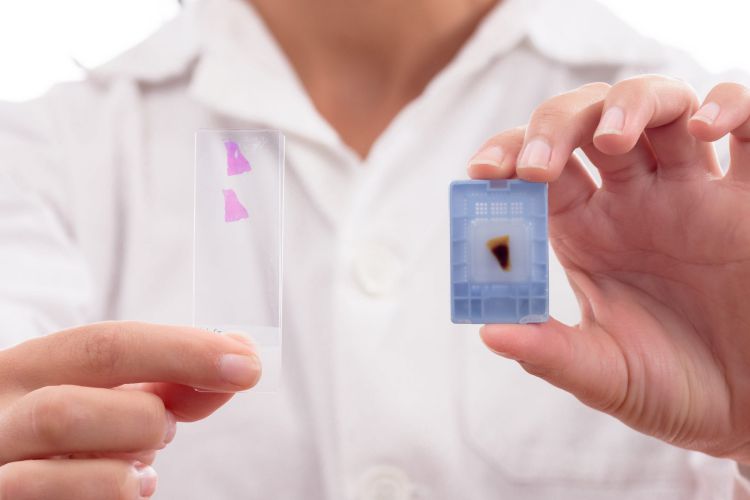 Human tissue is an essential resource for researchers investigating diseases and developing new medical treatments. However, acquiring human tissue can be complicated and regulated by various ethical and legal considerations.
Human tissue is an essential resource for researchers investigating diseases and developing new medical treatments. However, acquiring human tissue can be complicated and regulated by various ethical and legal considerations.
In this blog, we will provide you with a detailed guide on how to purchase human tissue for research. Over time, the scientific community has created biobanks from consenting donors, and the samples are collected under strict legal and ethical guidelines. We will also touch on the factors to consider when purchasing tissue samples from a biobank, so you can make an informed decision.
1. First, you need to find a reputable biobank
The first step is to locate a reputable biobank where you can buy human tissue samples for research. A biobank is a facility that collects, stores, and manages human biological samples. To buy tissue samples from a biobank, you need to search for biobanks that have the necessary samples you need for your research. You can search online, ask around in the scientific community, or inquire at local facilities’ research departments.
2. Understand the biobank’s ethical and legal guidelines
It is crucial to understand the biobank’s ethical and legal guidelines before purchasing tissue samples. These guidelines govern how the samples were collected, who donated, the intended use of the samples, and their potential benefits. Find out about informed consent from the donors and how the biobank handles ethical issues. Ensure that the biobank is transparent about its ethical guidelines so that you follow them. Remember, unethical methods of collecting tissue samples can affect the quality and reliability of the samples.
3. Choose the type of tissue sample you need
Once you have found a reputable biobank with the necessary samples, the next step is to select the type of tissue sample you need. Depending on your research objectives, you will choose the tissue-specific to your research. The process involves giving the biobank detailed information about your research objectives so they can recommend the suitable tissue samples available. Also, it is important to specify the amount and form of tissue sample you need.
4. Consider your budget
The cost of purchasing tissue samples from a biobank varies depending on several factors such as the type of tissue sample, the quantity needed, and the biobank’s location. You should have a budget for the tissue samples needed in your research beforehand. Creating a budget will ensure that you don’t overspend and have a clear understanding of your financial constraints, so you make an informed decision.
5. Purchase the tissue sample from the biobank
After selecting the biobank, understanding their legal and ethical guidelines, choosing the tissue samples you need, and budgeting for the purchase, the final step is to make the purchase. Biobanks generally have a standard protocol for the procurement process. The process involves ordering the samples, paying for the samples, and signing an agreement document that outlines the terms and conditions of the purchase.
Make an Informed Decision When Purchasing Human Tissue Samples
Acquiring human tissue for research can be complicated and regulated by various ethical and legal considerations, making the process quite daunting. However, by knowing how to purchase human tissue for research, you can make an informed decision. It is also vital to select a reputable biobank, understand its legal and ethical guidelines, select the tissue samples needed, budget, and procure the samples from the biobank.
By doing so, you can be confident that the samples are of high quality, ethical, and legally obtained. Overall, it’s essential to go through the process of buying tissue samples from a biobank with due diligence, following the right channels, and choosing to be ethical.




